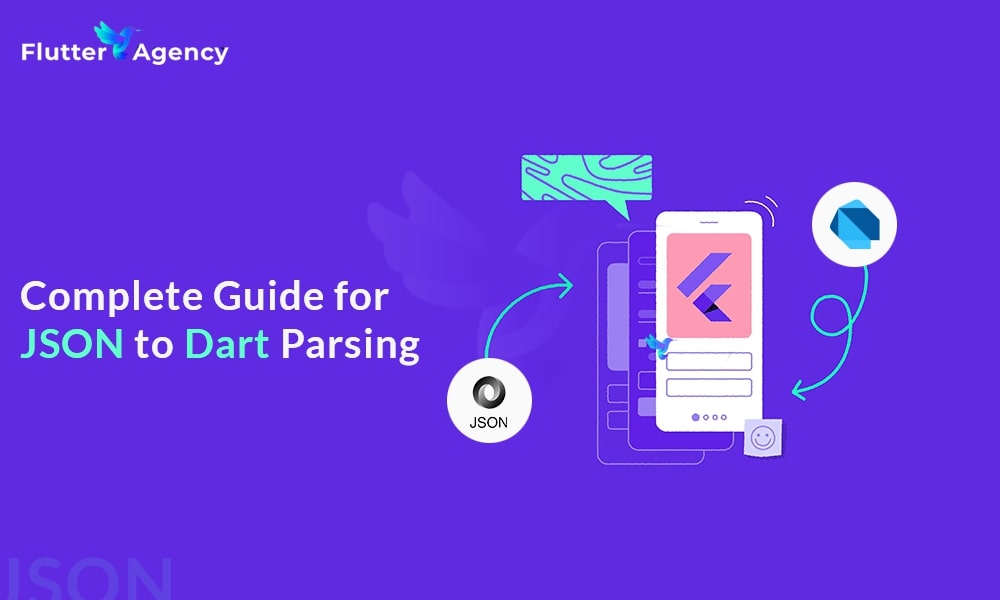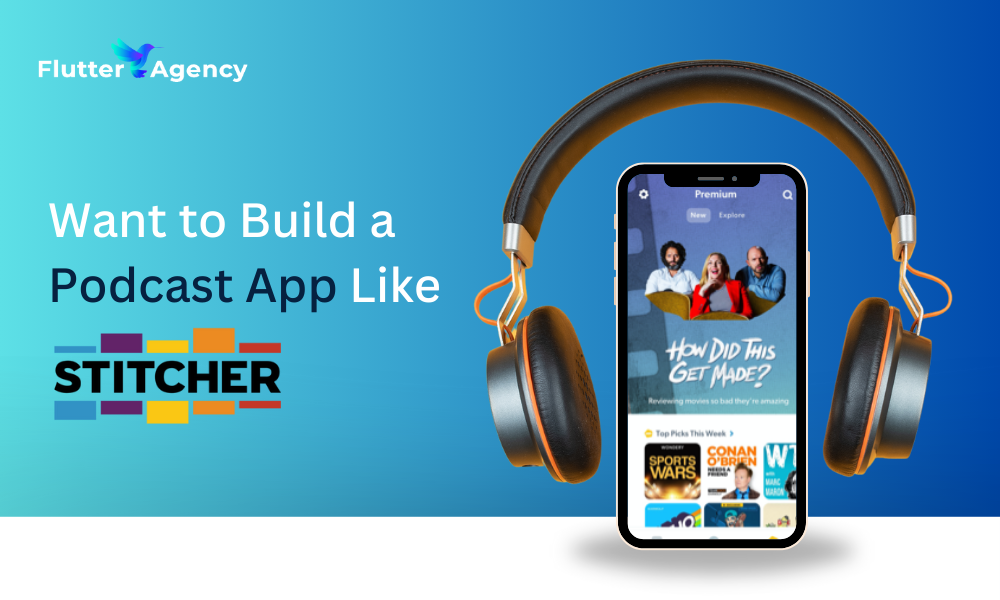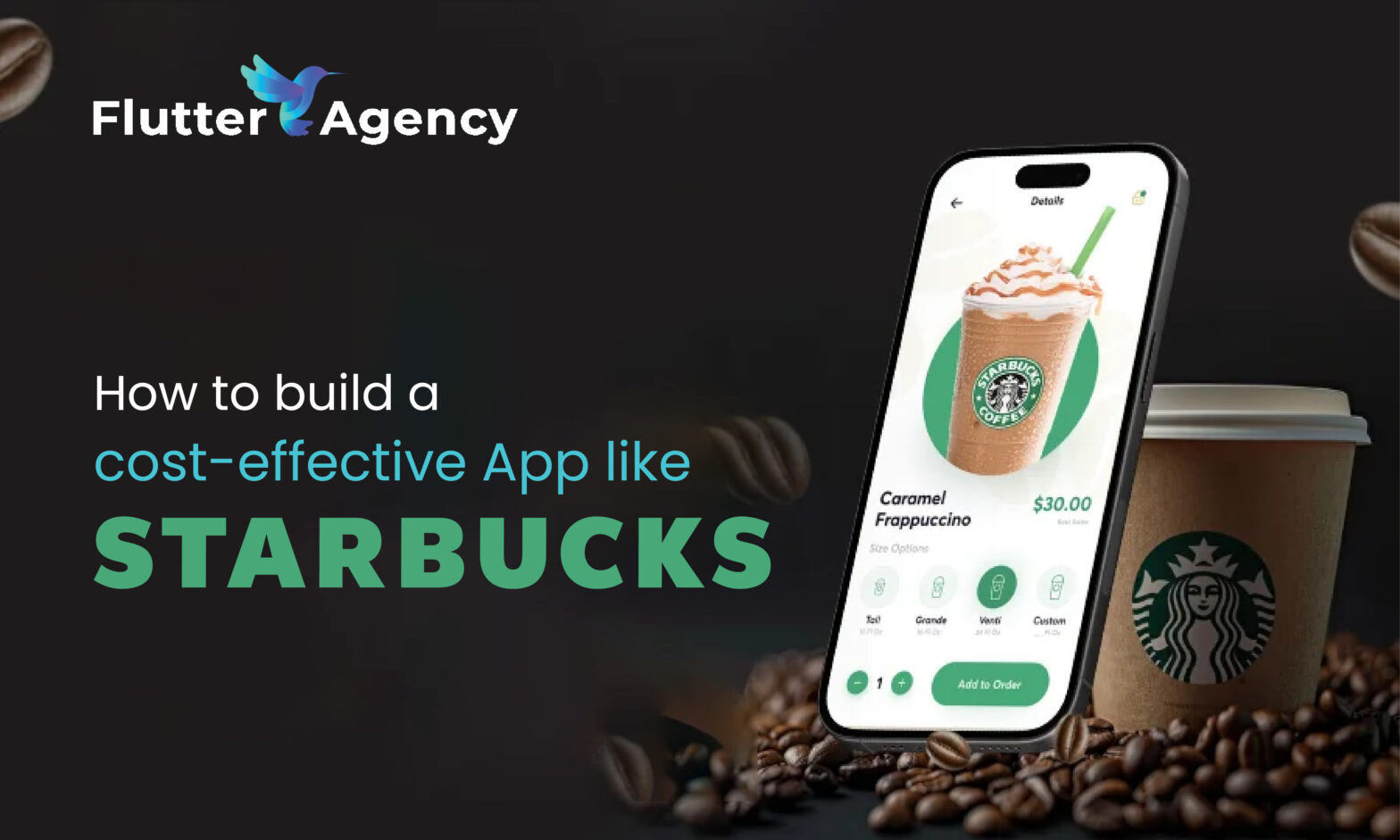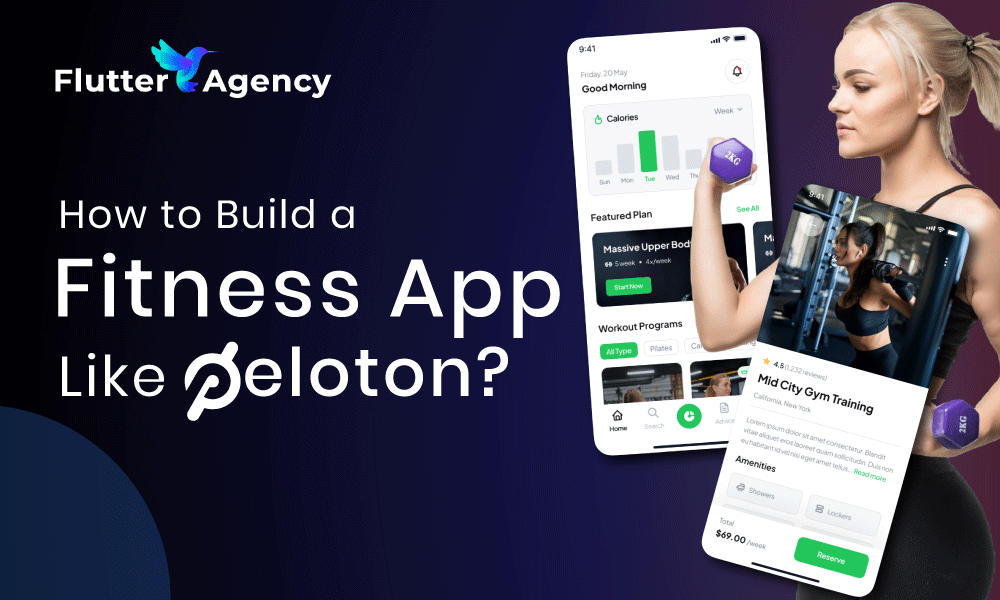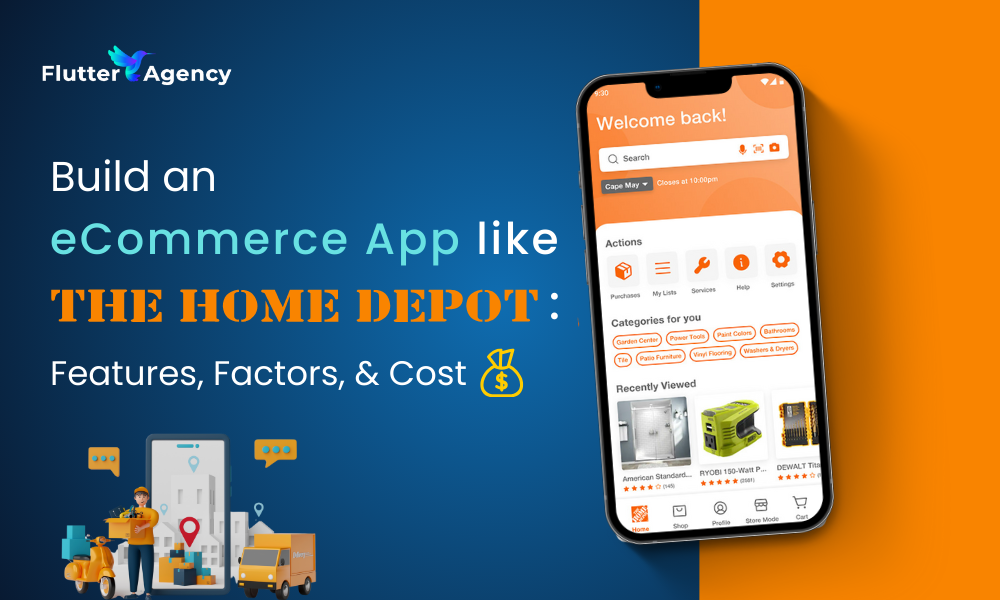Complete Guide for JSON to Dart
Due to its concise structure and straightforward presentation, the JSON format is frequently used for data exchange and storage in the modern digital era. But to fully utilize this data, we must be able to read, sort, and otherwise modify it in an array of programming languages.
Google’s Dart, a client-optimized programming language, is quickly gaining popularity due to its efficiency and simplicity. Dart developers frequently need to convert JSON documents into a format that the Dart programming language can read and process. Mobile and web developers primarily rely on JSON serialization when interacting with application programming interfaces (APIs).
Explain JSON
JSON, or JavaScript Object Notation, is a basic data-exchange format that humans and robots can read and write. It is based on some aspects of the Third Edition of the JavaScript Programming Language, Standard ECMA-262, December 1999.
JSON is made up of two fundamental components: Keys and Values. They come together to produce a key-value pair. Values may be texts, numbers, arrays (ordered lists), booleans (true or false), null, or another JSON object because JSON enables hierarchical data structures. The format is widely used in web services and APIs to transmit and receive data since it is simple to translate into JavaScript objects for web development. JSON has replaced XML as the preferred format in many applications because of its improved readability and reduced verbosity.
Example
{
"name": "Flutter Agency",
"age": 30,
"isStudent": false,
"hobbies": ["reading", "swimming", "coding"],
"address": {
"street": "123 Main St",
"country": "India"
},
}
Define Dart
Created by Google and recognized as a standard by ECMA (ECMA-406), Dart is a flexible general-purpose programming language that may be used to develop desktop, mobile, web, and server applications. Strong typing is a feature of Dart that prevents errors by requiring the declaration of a variable’s type before use.
Dart is an object-oriented, class-based language with C-style syntax. Dart’s concurrency features boost performance using isolates, which let numerous processes run simultaneously. The Just-In-Time (JIT) and Ahead-of-Time (AOT) compilation combination, which optimizes program execution and development performance, is its distinctive feature.
Example
void main() {
print('Flutter Agency');
}
Why Convert from JSON to Dart?
JSON is a common format to use when transferring data between a client and a server or between various components of the same application. But if you don’t handle the data, you’ll probably have problems because it’s a raw data format without built-in type checking.
On the other hand, Dart is a highly typed language; thus, the data types of variables are verified at build time. This can assist in identifying potential problems before your code is run. Therefore, by implementing type safety, converting JSON to Dart can raise your code’s security level. Understanding and maintaining your Dart code could be trickier if it directly interacts with JSON. If you convert your JSON data into Dart objects so that you can interact with it in this manner, your code will be a lot easier to read and work effectively.
Last, you should convert any JSON data you frequently utilize in a Flutter project into Dart to effectively exploit Flutter’s UI rendering engine. Although JSON data is static, Dart objects might be designed to be dynamic and reactive to match Flutter’s UI principles better.
Benefits of JSON Parsing with Dart
The key advantages of utilizing Dart for JSON processing are as follows:
-
- The management of data is made easier by Dart’s built-in JSON support.
- Dart’s memory management enhances app performance.
- Dart’s immutable models ensure data integrity.
- Dart’s robust features make debugging simpler.
- Data binding automatically updates the user interface for dynamic applications as the data changes.
Prerequisites for Converting JSON to Dart
Indeed, before releasing the update, it is necessary to verify the precise requirements for JSON to Dart conversions.
1. Knowledge of JSON and Dart
Before starting the procedure, understanding and familiarity with both Dart and JSON are necessary. This is necessary to ensure we take advantage of important requirements, ultimately affecting the outcomes’ quality.
2. Setting Up the Environment for Deployment
Dart requires the deployment environment to be installed previously. The Dart SDK must be installed and properly configured on your machine. If you’re developing a Flutter app, install the Flutter SDK.
3. Tool or Library for Converting JSON to Dart
It may be useful to use a JSON to Dart conversion tool. For example, the Dart json_serializable package may produce code that converts JSON to Dart and vice versa.
4. Understanding the basics of REST APIs
If you’re working with JSON data from a web service, you must be familiar with REST APIs because you’ll typically receive JSON data from them.
Step-by-Step Guide for Converting JSON to Dart
The steps that will assist you in switching JSON to Dart are as follows:
1.Determine the JSON structure.
2.Install essential Dart packages (build_runner, json_annotation, json_serializable).
3.Design a Dart model class.
4.Produce conversion code using the build command.
5.Utilize generated code to convert JSON data to Dart objects and vice versa.
Converters for JSON to Dart
Automated JSON-to-Dart converters translate JSON into Dart. By creating Dart classes that closely replicate JSON data structures, these tools enable developers to replace raw JSON data with the strong typing and object-oriented paradigms of Dart.
These tools serialize and deserialize data. Dart objects become JSON strings by serialization, while JSON data becomes a Dart object through deserialization. Particularly in projects involving complex JSON data or shifting data structures, converters eliminate laborious coding, faults, and efficiency.
Simple JSON data input leads to the program returning Dart code in these converters. Depending on the tool, they can be used alone or integrated into the development environment. Flutter’s primary language is Dart, useful for mobile and web app development projects. By converting JSON data to Dart, programmers may fully utilize the capabilities of Dart and Flutter.

Using Automated Tools to Convert JSON to Dart
Automated techniques may make it simpler to convert JSON to Dart. These tools help you save time and reduce the potential for mistakes when manually creating this Dart code by automatically generating it from your JSON data.
Json_serializable
A well-liked utility is json_serializable, a Dart package that generates code for converting JSON to Dart objects and vice versa. To use it, you must first create a model class in Dart that corresponds to your JSON structure, then run the package’s build command. The functionality required to handle JSON serialization and deserialization is created in a second Dart file.
How Do I Use The Package Json_serializable?
Install the ‘json_serializable’ package and annotate your model classes. ‘flutter packages pub run build_runner build’ or ‘flutter packages pub run build_runner watch’ can generate serialization and deserialization code.
QuickType
Among other languages, Dart is supported by QuickType. It automatically builds models and useful functions to simplify using JSON data in your preferred programming language. It functions on command lines, in coding editors, and browsers. Quicktype converts JSON into Dart classes.
More than just Dart model classes are produced. Dart now has full JSON support, including utility functions for encoding and decoding JSON in Flutter app.
Principles and Best Practices for Dart JSON Parsing
-
-
- Programs like json_serializable can automate JSON processing.
- To manage processing errors, provide error handling at all times.
- Check the data types you are processing to prevent runtime issues.
- Make use of immutable model classes for data consistency.
- For structured JSON, use hierarchical models.
- Check for null values to prevent invalid reference issues.
- Unit tests are used to test your parser code.
-
Debugging JSON Parsing Errors in Dart
In this, runtime error messages are examined to identify JSON parsing errors. These notifications frequently point out missing keys or type inconsistencies. The JSON structure or data types do not match your Dart model class, according to a type mismatch error. Inconsistencies in your Dart model class and the key of the JSON data can also result in errors.
Null values in unhandled JSON data can also lead to complications. Dart’s optional arguments and invalid safety techniques may defend against null reference errors. Debugging can also be assisted with breakpoints, extensive error handling, and code stepping. The JSON data structure must include accurate Dart models to prevent parsing problems.
Example:
1. Missing Key Error
Solution:
To handle missing keys, you can provide default values or use null-aware operators
2. Type Mismatch Error
Solution:
Ensure that the Dart model’s data types match the expected JSON data types. In this case, you can parse the id as an integer
Conclusion
JSON to Dart translation is needed for many Dart or Flutter development projects. This blog post covers the benefits of this conversion, such as type safety, code maintainability, and speed, as well as how to carry it out using tools like “json_serializable.” We also covered the prerequisites for converting JSON to Dart, such as setting up the development environment, being familiar with the necessary tools and libraries, and having a basic understanding of JSON and Dart.
Dart models and automated tools were used to describe the conversion process. Finally, we covered real JSON parsing and troubleshooting common parsing problems. By understanding these concepts and putting best practices into practice, the Flutter app development team can easily manage JSON data in Dart apps.
Frequently Asked Questions (FAQs)
1. Why do I need Dart classes for JSON conversion, and what are they?
Dart classes are used to specify the data structure. Classes guide organising the parsed data while transforming JSON data to Dart objects. Each type corresponds to a layered structure or JSON object.
2. What does the package json_serializable execute?
A Dart library called json_serializable automates the conversion of Dart objects to and from JSON. Based on the annotations in your classes, it generates the serialization code. This reduces the need for manual mapping.
3. Why do we utilize JSON with Dart, and what is it?
JSON (JavaScript Object Notation) is an elementary data transmission format that is simple for humans and machines to read, write, parse, and generate. Dart uses JSON to exchange data between frontend (Flutter) and backend services, which makes it crucial for developing dynamic apps.
Contemporary ventures
Recent blog
ready to get started?
Fill out the form below and we will be in touch soon!
"*" indicates required fields

